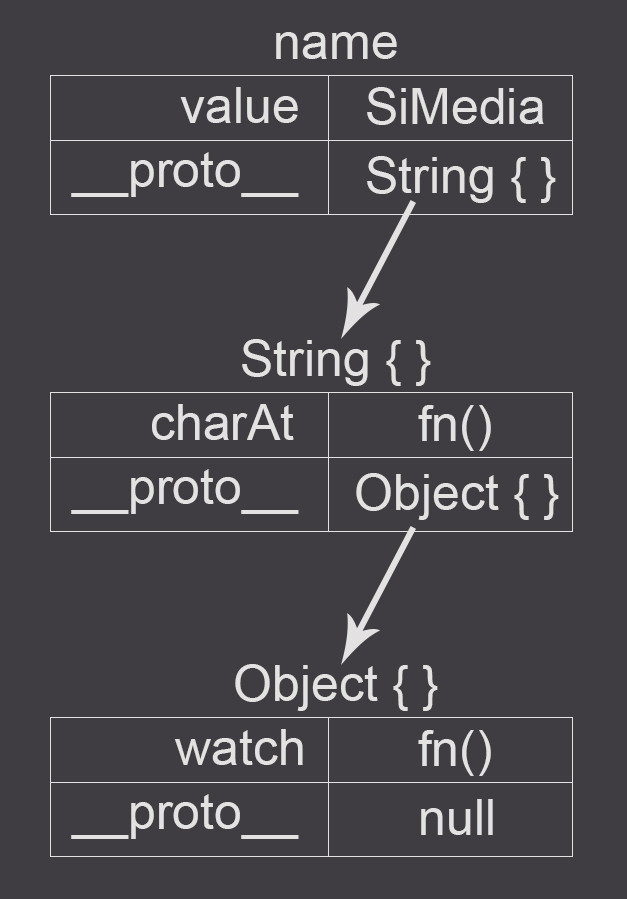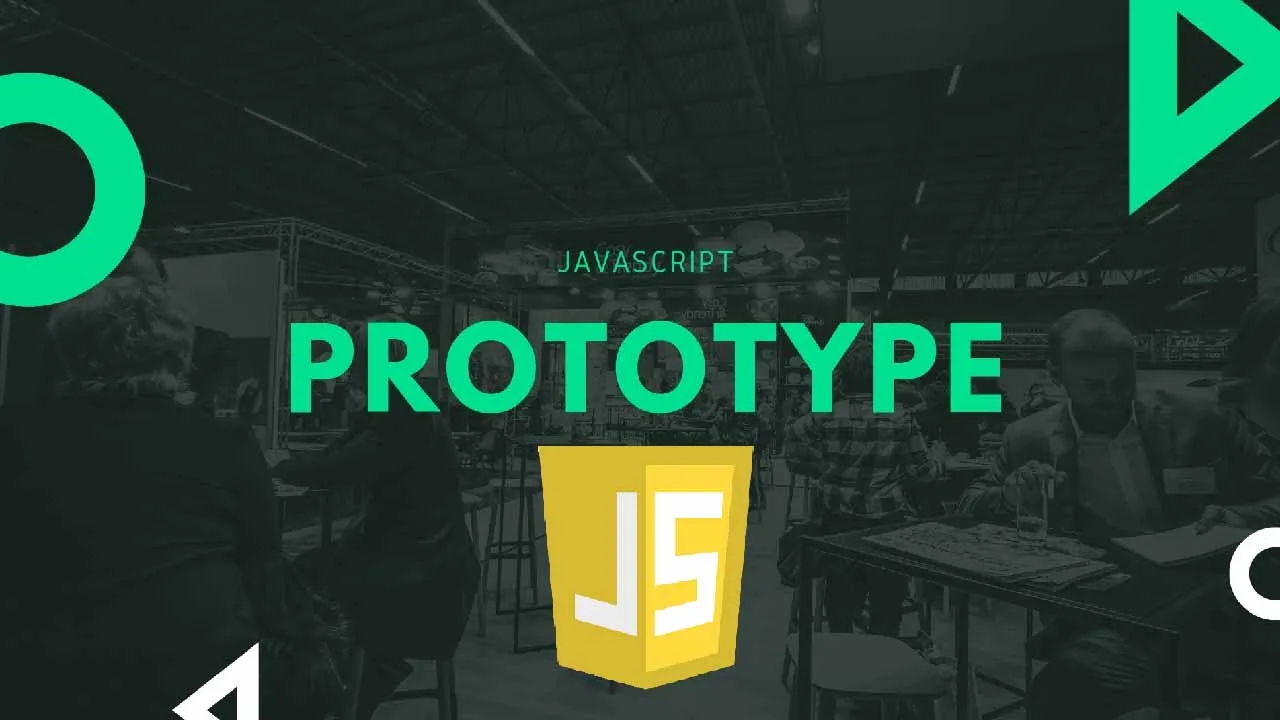It’s hard to skip prototypes (or the prototype chain or prototypal inheritance) if you want to dive deeper into JS development (Not only pure JS, but also Node.js, Frameworks like Vue.js, React.js, Angular,…).
If you are like me a few years ago and get some serious headache each time you have to deal with prototypes in JavaScript, this will probably be THE article you were looking for to get your head wrapped around the principle of prototypes in JS.
From the MDN documentation (don’t be scared, we’ll clarify everything below):
When it comes to inheritance, JavaScript only has one construct: objects. Each object has a private property (referred to as [[Prototype]]) which holds a link to another object called its prototype. That prototype object has a prototype of its own, and so on until an object is reached with null as its prototype. By definition, null has no prototype, and acts as the final link in this prototype chain.
Private [[Prototype]] property
Refer back to the below illustration whenever you feel the need, it might help you to wrap your head around this concept easier.

So let’s start from the base. Every object in JavaScript has a private [[Prototype]] prototype, which holds a reference to another object (or null). This means, that our new object will have access to methods and properties of that referenced object.
#javascript #prototypes #prototypal inheritance #prototype chain
